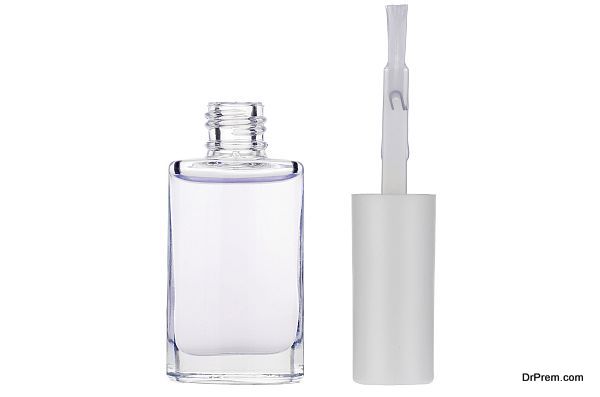From pet dander to grass and pollen, there are plenty of ways for allergens to invade your unsuspecting home. Unfortunately, many over-the-counter and prescription medicines cause a long list of adverse side effects. But with a few minor lifestyle changes, you can take the sneeze out of allergens and breathe easy.
Causes of Allergies and Sinus Problems
While a temporary stuffed or runny nose may signify the common cold, long-term symptoms often indicate allergies. The most common allergens are pets, pollens, dust mites and molds. If you or a loved one is having an allergic reaction, then the following tips may help:
1. Examine Your Heating, Cooling and Ventilation System
Your HVAC system can have a major impact on the interior air quality. Over the years, air ducts collect pet dander, mold, dust and pollen.
Your first step when purchasing a new home in ensuring that high-quality indoor air is circulating through the ducts. By having the ducts cleaned before you move in, you can rest assured that no dirt or allergens will make their way into your respiratory system.
Also, change your furnace filters at least every three months to keep your ventilation system clean. You should also schedule an HVAC audit whenever you notice a mechanical problem because poor circulation may lead to respiratory issues.
When you schedule an HVAC audit – especially if you are moving into a new home – you can save time and money by setting up an energy audit, as well. Reducing your electricity and natural gas expenses can bolster your household budget. To get started, browse through these vetted energy companies at LocalElectricityCompanies.com.
2. Evaluate Your Home Décor
Avoid wall-to-wall carpet and upholstered furniture. Both of these are magnets for allergens. Although regular steam-cleaning may help, the benefits are temporary.
Carpet and upholstered furniture are particularly problematic for people with pet allergies. As traces of pet dander start to accumulate – even from the previous homeowner – occupants may suffer inflamed sinuses and persistent sneezing.
Instead, choose wood, bamboo or tile flooring. Leather-covered living room furniture or items with removable, cleanable cushions are also ideal.
Rather than dust-collecting box springs, invest in a bed that consists of a mattress over a simple wood frame. For decorating, avoid dusty clutter and, instead, display collections inside class-fronted cabinets.

3. Clean with Natural Products
Many of the strong chemical products available in supermarkets may irritate your respiratory system, but natural cleaners can help you create a green and healthy interior. The key to reducing allergens is cleaning in such a way that you actually pick up dust, pollens and dander rather than just blowing them around with a vacuum.
The most effective and least irritating cleaner is plain water. A simple damp sponge mop can pick up dust and dirt from floors and even walls.
Baking soda, vinegar and other natural cleaning products can remove dirt without bringing toxic chemicals into your home. If you have visitors who smoke, then make sure they do so outdoors, and keep your windows open if you are doing any projects, such as home repairs or crafting, which might involve harsh chemicals. Also, clean up thoroughly when finished.
Allergens may be irritating, but with the right approach, you can enjoy clean, fresh air inside your home. These three timeless tips can get you started.
Article Submitted By Community Writer




